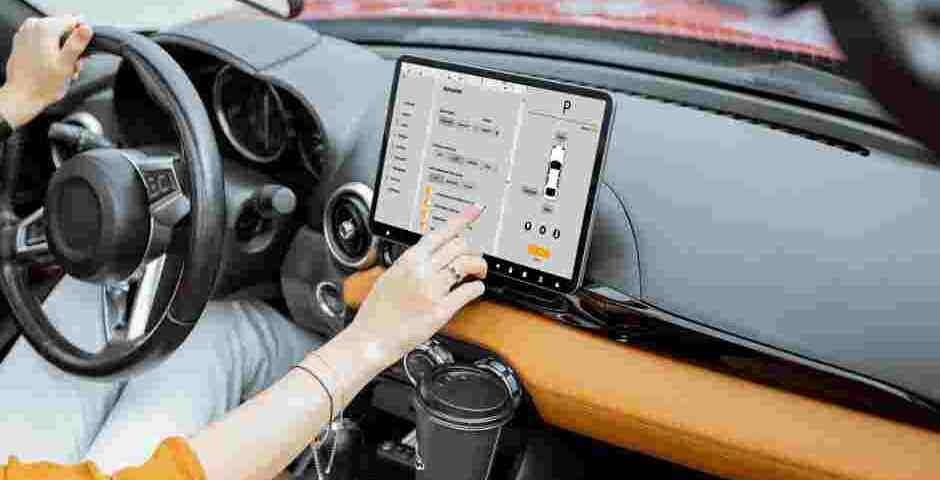How Driver Assistance Systems Are Making Roads Safer

Steering Wheels and Germs
June 2, 2025
The World’s Most Unique Peanut: Nature’s Tiny Powerhouse
June 2, 2025- Accident doctor
- accupuncture
- airplane headache
- alzheimer's
- best habits
- Brain Injuries
- car accident
- car accidents
- cervical strain
- colds
- concussion
- Concussions
- disc bulge
- dosage meds
- dry needling
- dull pain
- E bike injuries
- florida
- good posture
- headaches
- Headrest positions
- Headrest positions after an accident
- Healthy choices
- Healthy flying
- healthy gift guide
- Healthy SPring Ideas
- hip pain
- hyperextension
- injury doctor
- insurance
- Kayaking
- kentucky
- kids motion sickness
- lifestyle
- motion sickness
- neck injury
- no fault insurance doctor
- noise healing
- osteoporosis
- pain symptoms
- pink noise
- posterior chain
- posture
- prevent osteoporosis
- Rest
- Scoliosis
- shoulder pain
- Stress with kids after a motor vehicle accident
- TBI
- tips
- tmj
- torn muscle
- Traumatic Brain Injury
- trigger points
- VitaminD
- What are Post Traumatic headaches?
Safety Through Driver Assistance Systems
A few years ago, my older vehicle decided to finally kick the bucket, which put me in the market for a “newer” car. My previous car was made over a decade ago, and the first thing I noticed was how much the driving assistance had improved. For example, even within the same car manufacturer, my wife’s Honda Odyssey vibrates you to death trying to correct steering, but a 2024 Honda Civic will smoothly keep itself within the lanes. Most cars nowadays come standard with systems and smart features that help prevent crashes by watching the road for you. From automatic braking to alerts for nearby cars, these tools make driving safer and less stressful. How do these systems cut down on accidents? I am Dr. Aaron Workman, a team member of one of the highest rated car accident medical care programs in Kentucky, and I will go over five simple ways they keep you and others safe on the road.
- Stopping Rear-End Crashes
Ever get too close to the car in front? Automatic emergency braking kicks in when you are about to hit something, slowing or stopping your car. It is usually preceded by an audible alarm with some vibration and can get your attention back on the road quickly. This feature is great in busy city driving, where sudden stops are common. It helps prevent rear-end motor vehicle accidents (MVAs) and keeps everyone safer.
- Safer Lane Switches
Changing lanes can be tricky if you miss a car in your blind spot. Blind spot alerts beep or flash to warn you of nearby vehicles, while lane-keeping systems pull you back if you drift. Before my current car, I would twist around to double-check before merging, a habit that saved me from crashes. Now, these systems back me up, catching other drivers’ risky moves. They prevent sideswipes, making lane changes smoother, especially on busy highways.
- Protecting People on Foot
Pedestrian detection spots people crossing your path and can brake if you do not react in time. Pedestrians are not always predictable, and the driver’s assistance can have a faster reaction than you. It typically works best in daylight but still cuts down on accidents with walkers. It can be a literal lifesaver in neighborhoods or busy downtown areas where pedestrians pop up all over.
- Better Driving at Night
Night driving is my eyes’ worst enemy, messing with my depth perception. Adaptive headlights shift to light up curves and corners clearly, while automatic high beams flick on and off to avoid blinding others. These features help spot hazards like animals or debris, cutting the chance of crashes after dark. They are one of my favorite upgrades.
- Softening Crash Impacts
Sometimes MVAs happen, but driver assistance systems can make them less severe. Automatic braking and lane-keeping can slow your car or keep it steady before impact. A minor bump may stay minor because your vehicle slowed down automatically. Less severe crashes mean fewer trips to a car accident doctor and smaller repair bills at the mechanic. This helps everyone get back on the road faster.
Driver assistance systems are like a safety net, catching risks you might miss. They stop rear-end crashes, guide lane changes, protect pedestrians, brighten dark roads, and soften crash impacts. Keep a small cloth handy to clean your car’s sensors, especially in heavy rain when they might struggle. Learn how your car’s features work and stay alert as they only assist, they do not drive. With these tools, you can hit the road with more peace of mind, knowing you are better protected every trip.
— This article is written by Aaron Workman, DC, one of the members of Chambers Medical Group’s team of car accident chiropractors who offer a variety of treatments and therapies ranging from diagnostic testing to various soft tissue therapies for car accidents and injuries in Kentucky.
- Car Accident Medical Clinic in Tampa
- Car Accident Medical Clinic in Plant City
- Car Accident Medical Clinic in Brandon
- Car Accident Medical Clinic in Lakeland
- Car Accident Medical Clinic in Sarasota
- Car Accident Medical Clinic in Louisville
- Car Accident Medical Clinic in Lexington
- Car Accident Medical Clinic in Florence




